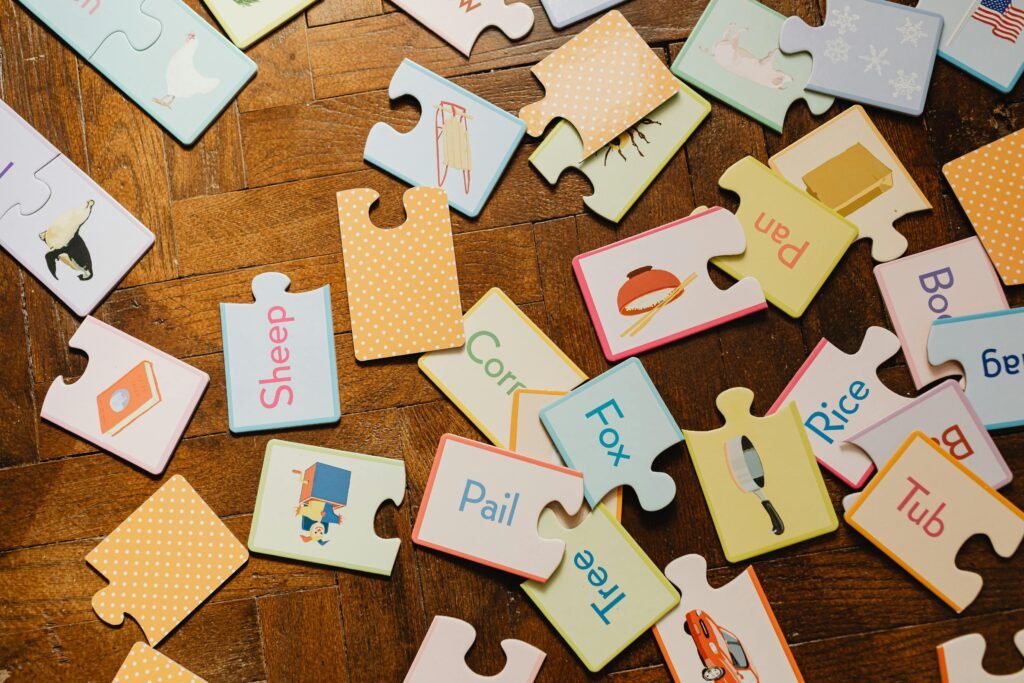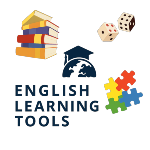Puzzles, Games, Exercises and Activities to Improve your English
Welcome to our English puzzles! These fun activities match the CEFR levels from A1 to C1. They are part of our full English course and help you learn all the grammar, words, and language skills you need to pass English tests. Start now and improve your English step by step.s what teachers and examiners use to test your English level. If you can do all the puzzles on a level (A1; A2 etc.), you ca

A1 Beginner
These puzzles and games will help you learn for the A1 level. Each one focuses on the grammar, words, and topics that beginners need. If you complete these, you're ready for A1 English according to the CEFR scale. It’s a great way to learn by doing and have fun at the same time.
Go to A1 PuzzlesA2 Elementary
A2 English is the next step after beginner. These puzzles help you practise simple grammar, vocabulary, and everyday topics. If you can use short sentences and ask basic questions, this is the level for you. Each puzzle is designed to help you reach the A2 level in the CEFR framework.
Go to A2 PuzzlesB1 Intermediate
B1 is for learners who can talk about familiar topics and explain ideas in basic ways. These puzzles help you practise grammar, vocabulary, and skills for everyday situations. If you're preparing for B1 exams, these puzzles show you what to focus on and help you check your level step by step.
Go to B1 PuzzlesB2 Intermediate+
B2 English helps you prepare for more serious study or work in English. These puzzles focus on higher-level grammar, vocabulary, and real-world topics. If you want to express your opinions clearly and understand longer texts, this is your level. All puzzles match the B2 part of the CEFR scale.
Go to B2 PuzzlesC1 Advanced
C1 is for advanced learners who need to use English in academic, work, or professional settings. These puzzles help you practise complex grammar and vocabulary. They also test your ability to understand and explain detailed ideas. Every puzzle is aligned with the C1 level of the CEFR.
Go to C1 Puzzles
It’s not always easy to find fun ways to learn English. Puzzles and games can really help – but how do you know if they match your level?
These puzzles have been created and chosen by experienced English teachers who understand what you need to learn at each stage. They follow the CEFR levels (from A1 to C1) and are part of our full English course. Each puzzle is designed to help you practise the grammar, vocabulary, and language skills for your level.
This resource is useful for both learners and teachers. The puzzles are organised clearly by level and build step by step, so you always know what to focus on next. They’re also a great way to have fun while you study!

